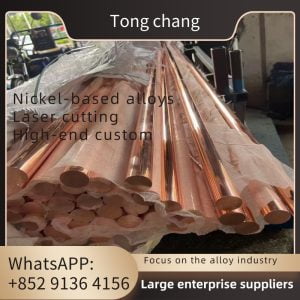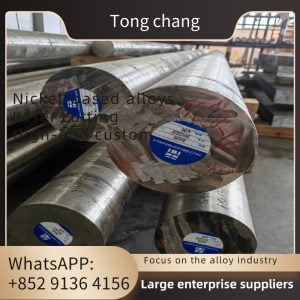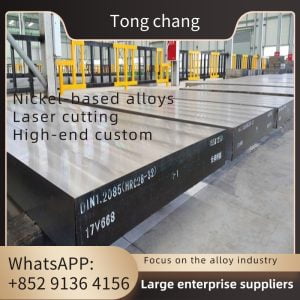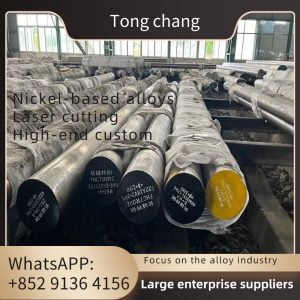| Base Tube: | Stainless Steel, Alloy Steel, Carbon Steel, Corten Steel, Duplex Steel, Super Duplex Steel | Type: | Extruded &Embeded&HFW |
|---|---|---|---|
| Size: | As Per Client’s Request | Application: | Heater Parts,Refrigeration Parts,heat Exchanger,Cooler,Fluid Cooling |
| High Light: | Carbon Steel Extruded Finned Tube, Air Cooler Aluminium Finned Tube | ||
ASME SA179 Carbon Steel Extruded Finned Tube With Aluminium Fin For Air Cooler
Finned tubes are a type of heat exchange element. To improve heat exchange efficiency, fins are usually added to the surface of the heat exchange tube to increase the outer surface area (or inner surface area) of the heat exchange tube, thereby achieving the goal of improving heat exchange efficiency. This type of heat exchange tube.
The material corresponding to SA179 in China is GB8163 10 # seamless steel pipe.
TONG CHUANG Seamless steel pipes have a hollow cross-section and are widely used as pipelines for transporting fluids, such as oil, natural gas, gas, water, and certain solid materials. Compared with solid steel materials such as round steel, steel pipes are lighter in weight when their bending and torsional strength is the same. They are an economical section of steel and are widely used in the manufacturing of structural and mechanical parts, such as oil drill rods, automotive transmission shafts, bicycle frames, and steel scaffolding used in construction. Using steel pipes to manufacture circular parts can improve material utilization, simplify manufacturing processes, save materials and processing time, and have been widely used in the manufacturing of steel pipes.
Main performance requirements for finned tubes
As a heat exchange component, finned tubes work in high-temperature flue gas conditions for a long time. For example, finned tubes used in boiler heat exchangers are used in harsh environments, with high temperature and pressure, and are in a corrosive atmosphere. This requires that finned tubes have high performance indicators.
1) Anti corrosion performance
2) Anti wear performance
3) Low contact resistance
4) High Stability
5) Ability to prevent dust accumulation
Classification of finned tubes
1. Classification by processing technology
1) Rolled finned tube;
2) Welded formed fin tube (high-frequency welded fin tube, Submerged arc welding fin tube);
3) Rolling formed finned tubes;
4) Set shaped finned tubes;
5) Casting finned tubes;
6) Tension wound finned tube;
7) Insert tube.
Classification by fin shape
1) Square finned tube;
2) Circular finned tube;
3) Spiral finned tube;
4) Longitudinal Finned Tube
5) Corrugated finned tubes;
6) Helical Serrated Finned Tubes;
7) Needle shaped finned tube;
8) Integral plate shaped finned tube (plate fin);
9) Inner finned tube. Wait a minute.
3. According to whether the fin material of the finned tube is the same as that of the base tube, it can be divided into:
1) Single metal finned tube
2) Bimetal composite finned tube
Single metal finned tubes classified by material
1) Copper fin tube;
2) Aluminum finned tube;
3) Carbon steel finned tube;
4) Stainless steel finned tube;
5) Cast iron (cast steel) finned tubes; Etc.
Classification by purpose
1) Finned tubes for air conditioning;
2) Finned tubes for air cooling;
3) Boiler: finned tubes used for water-cooled walls, economizers, and air preheaters respectively;
4) Finned tubes for industrial waste heat recovery;
5) Other special purpose finned tubes; Etc.
| Fin detail | Features |
Fin Thickness: Min. 0.8 mm to max. 4 mm Fin Height: 0.25" (6.35 mm) minimum to 1.5" (38 mm) maximum Fin Density: Minimum 43 fins per meter, maximum. 287 fins per meter Materials: Carbon Steel, Stainless Steel, Alloy Steel, Weathering Steel, Duplex Steel and Incolloy. |
|








